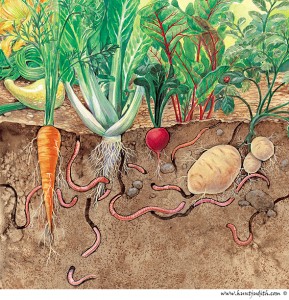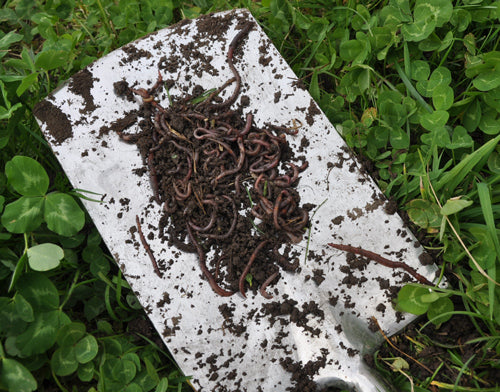Fascination About North Carolina Worms
Table of ContentsNorth Carolina Worms - The FactsThe Greatest Guide To North Carolina WormsSome Of North Carolina WormsSome Known Factual Statements About North Carolina Worms
Instance: 1-gallon of worm spreadings to 4 gallons of potting mix. 1/2 cup in the bottom of the growing opening for smaller plants. 1 cup for bigger plants.
The enhancement of tea can likewise include boosted microbial biomass to your soil. You can constantly side-dress your plants with worm castings any time. Simply keep in mind, the bacteria will pass away if exposed to UV rays (Sunlight), so make sure to cover the castings with an inch or two of dirt.
This frustrated them for years until the testing approaches became better. It would certainly obtain better(with more spreadings), level off, and after that decrease. Too lots of worm castings would certainly accelerate the growth to a speed that the plant can not recover from.
Getting My North Carolina Worms To Work
Many herbicides deal with this same principle. 20% by quantity appears to be the "Dessert Place". I have clarified the merits of worm spreadings for regarding 2000 words. What regarding the opposite side of the coin? Nothing is ideal. Worm castings are no different. It takes time to develop top quality worm spreadings.
You can purchase them which results in number two. Worm castings absolutely set you back greater than chemical fertilizers. Worm spreadings are on the less costly end of natural fertilizers. You will certainly need to decide what is more vital. It is simple to create small quantities of worm castings. (50 gallons per year) It is a much harder and really costly investment to generate big amounts of worm spreadings (Lake Rhodhiss Bait).

Creating a healthy and balanced soil might be the biggest advantage of worm spreadings. We went over worm castings NPK and likewise the correct nutrient evaluation that need to use to worm spreadings.
North Carolina Worms Can Be Fun For Everyone
We talked regarding some of the negative aspects linked with worm spreadings. I covered a whole lot of product in this write-up.
The upright burrows are typically open, although the worms cover the leading with deposit and waste matter. The upright burrows are extremely essential points of entry for fast water seepage right into the soil, especially in no-till systems. Air-filled porosity is vital in assisting plant roots to thrive. Origins require oxygen for their growth, whereas they produce co2 that requires to leave the dirt.
Earthworms enhance porosity by two devices: (1) by producing long-term burrows, and (2) by improving dirt aggregation. Aggregation is boosted by the mixing of dirt and raw material in the earthworms' digestive tracts. Lake Hickory Bait. These very steady aggregates are transferred by some earthworms in their burrows, and by others at the surface of the dirt


In an additional research, earthworms were approximated to eat 4 to 10 percent of the leading 6 inches of the dirt each year. Dirt compaction lowers the porosity of the dirt.
Indicators on North Carolina Worms You Should Know
Regular earthworm populaces can easily consume 2 lots of completely dry matter per acre each year, partly digesting and mixing it with dirt. The relevance of earthworms to mix surface area deposit with dirt comes to be extremely clear in soils that do not have any earthworms. A lot of our Pennsylvania soils contend least some earthworms, and the effect of their full absence, consequently, can not be kept in mind.
(http://www.onehbcu.net/lenoir/business-enterprisevendor/north-carolina-worms)In these dirts, the development of topsoil with practical raw material content did not happen, causing inadequate plant development. When the cause was established, the government of the Netherlands began a project to present earthworms. After the intro of the earthworms, a dark topsoil layer was developed, and crop growth raised considerably.
They live largely from partly broken down organic issue that is already incorporated in the dirt. These species consume big amounts of dirt that they mix with absorbed crop residue in their intestines.
Their burrows continue to be open, although they top the leading with plant deposit that they draw to the entrance. These types ingest considerable amounts of dirt that they mix with digested deposit in their guts. Their waste matter is mainly transferred at the surface of the dirt. The nightcrawler Lumbricus terrestris is the most prominent participant of this group.